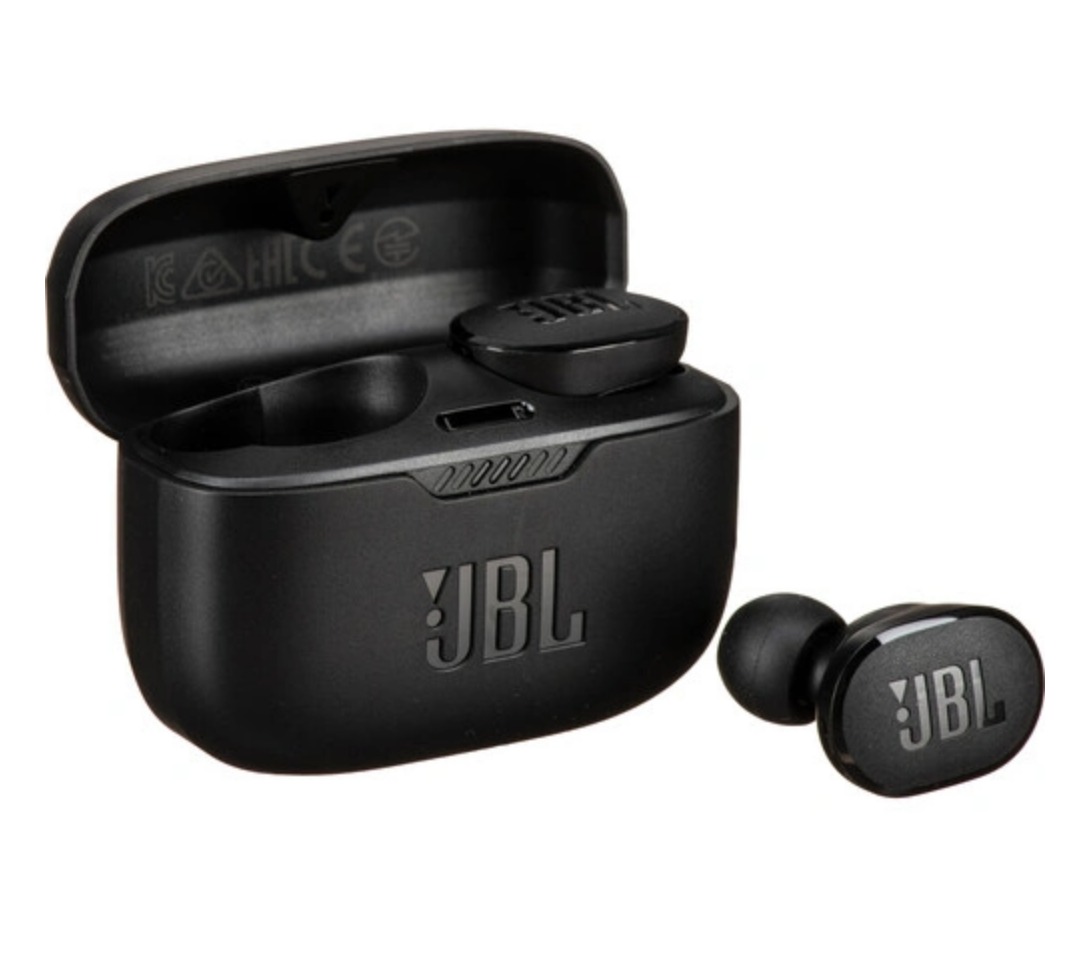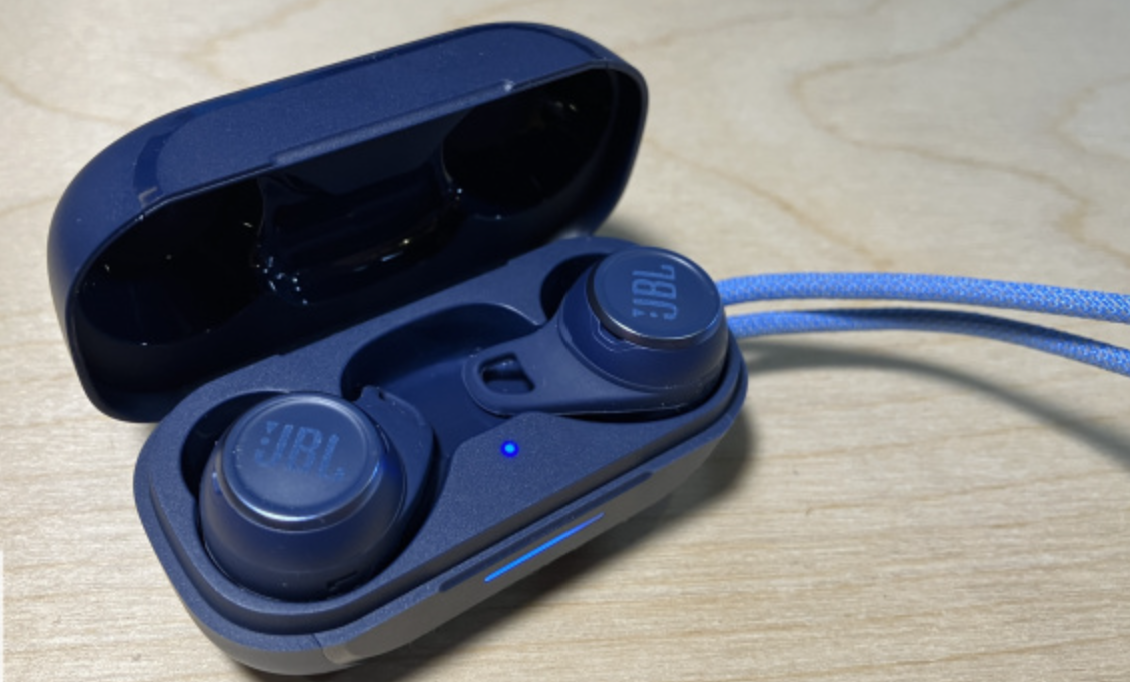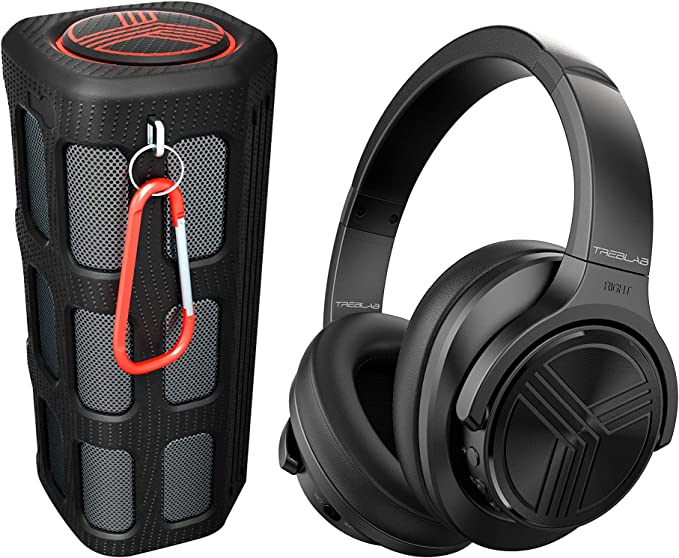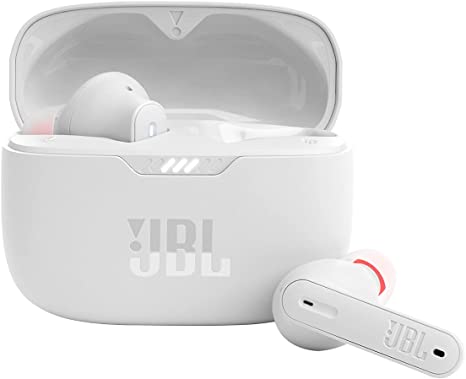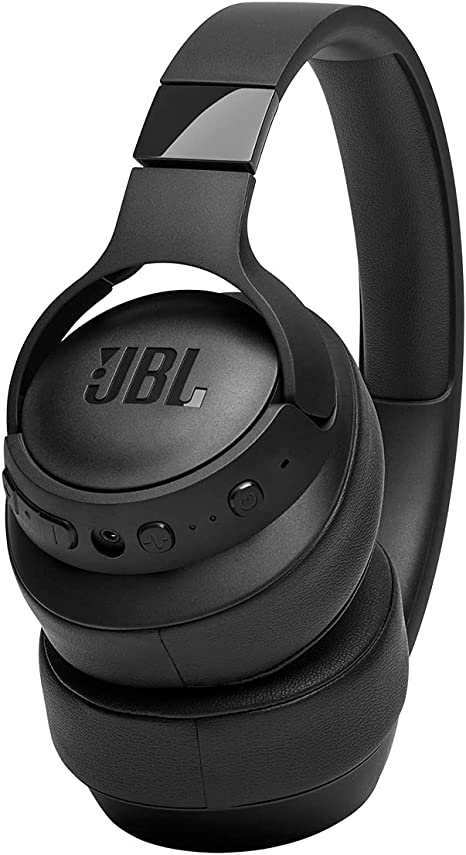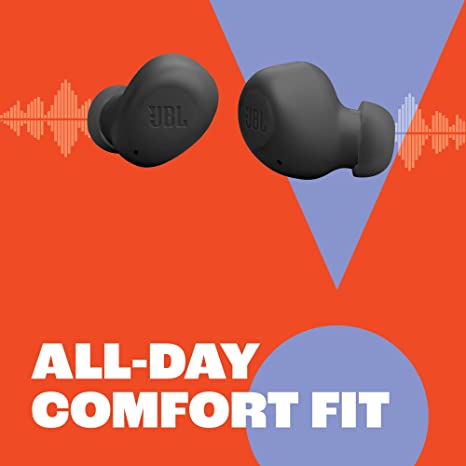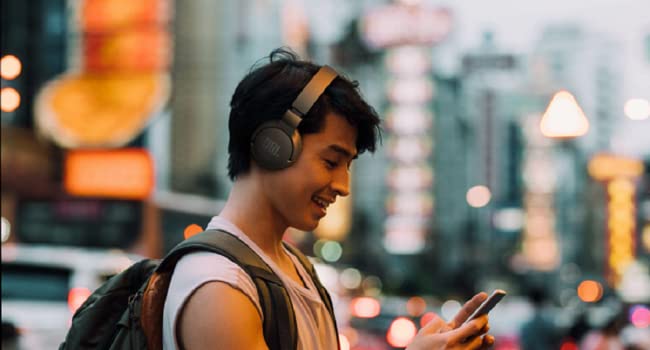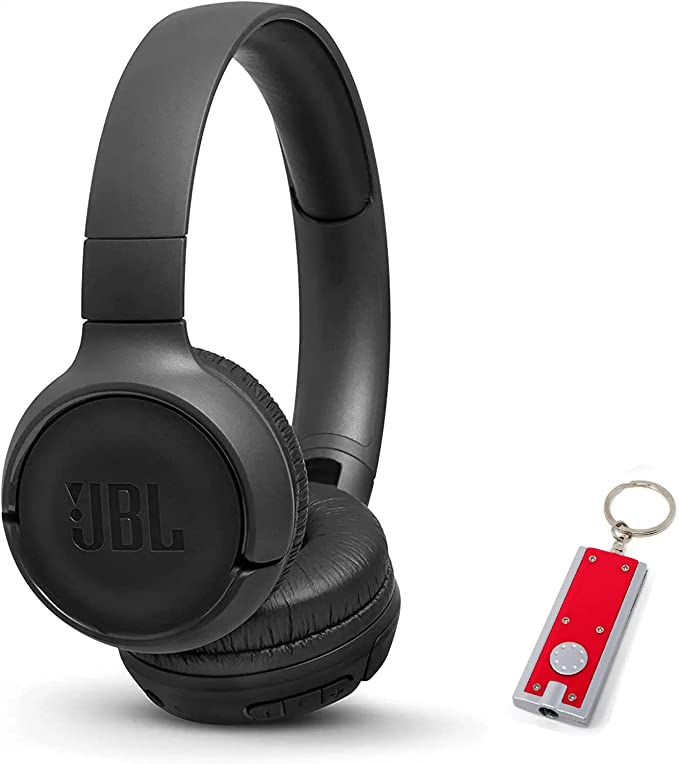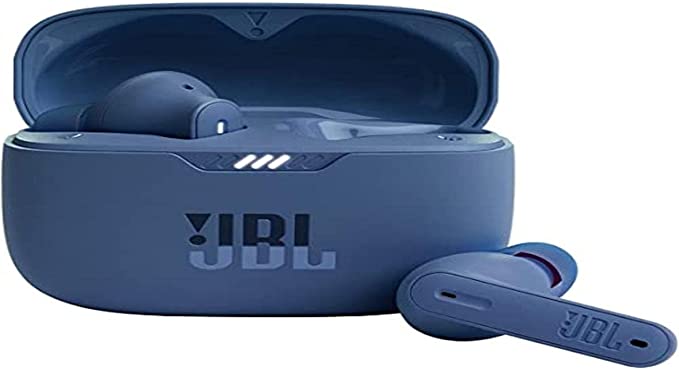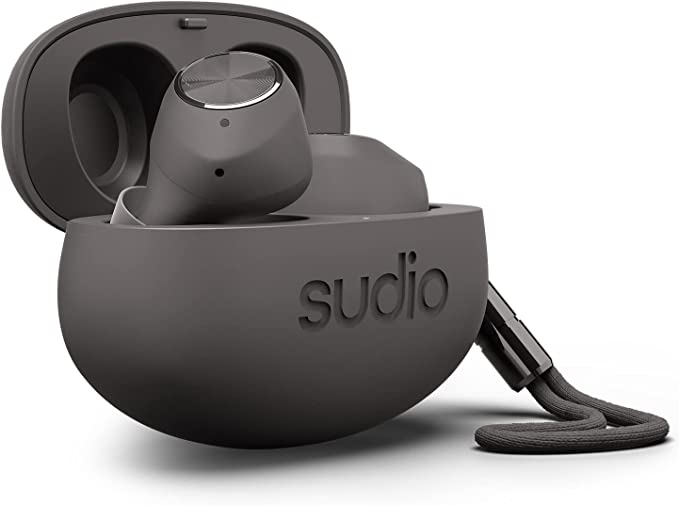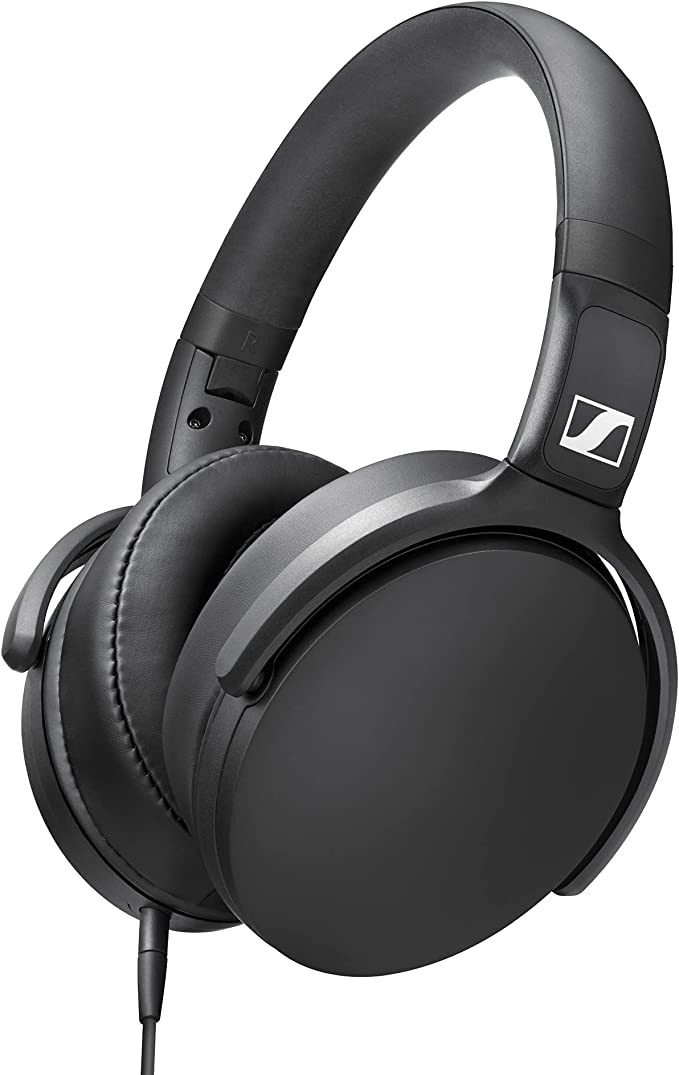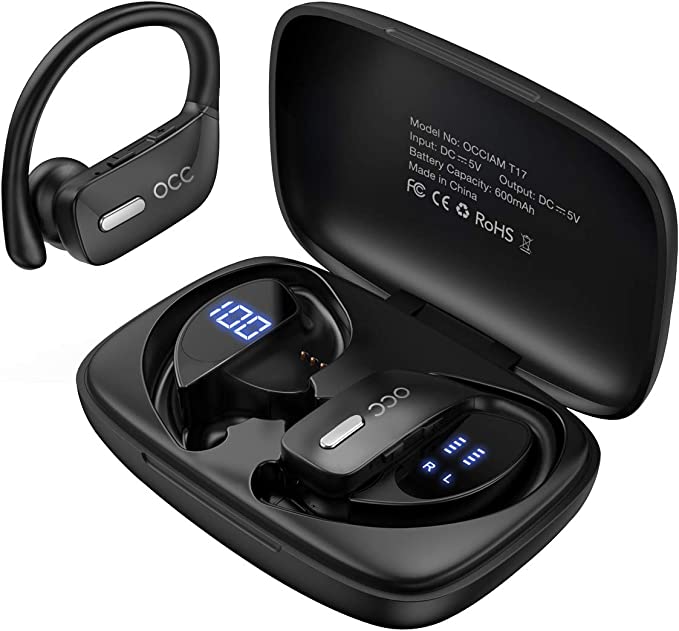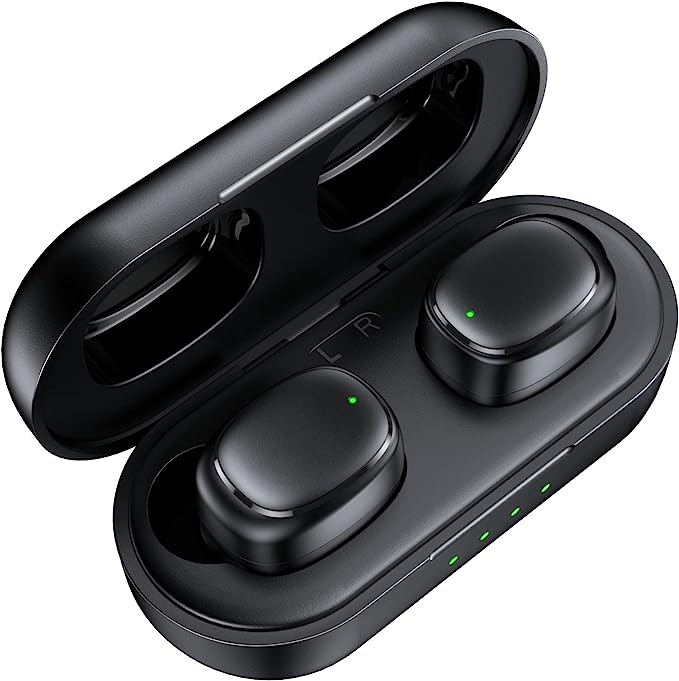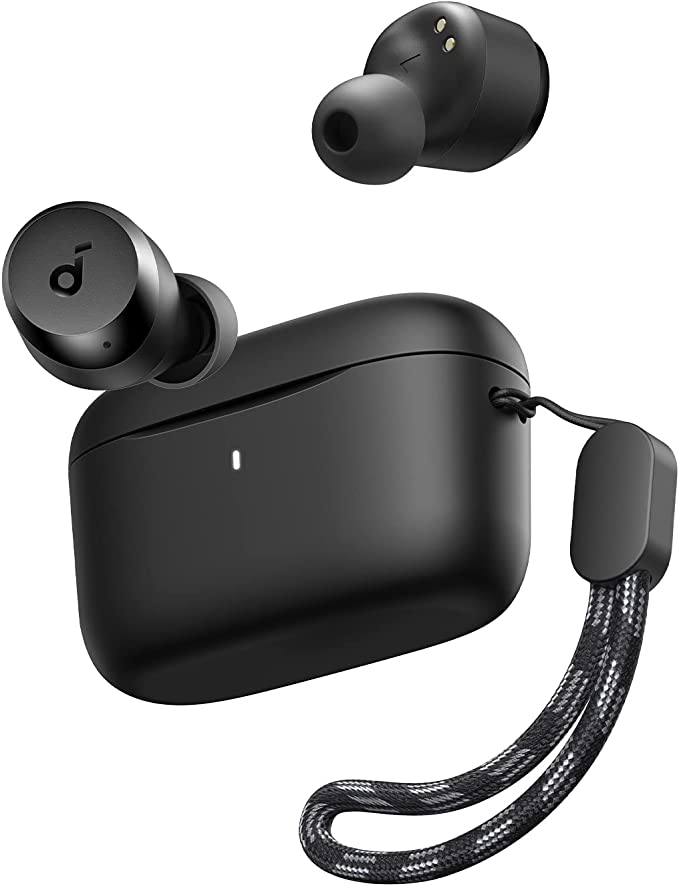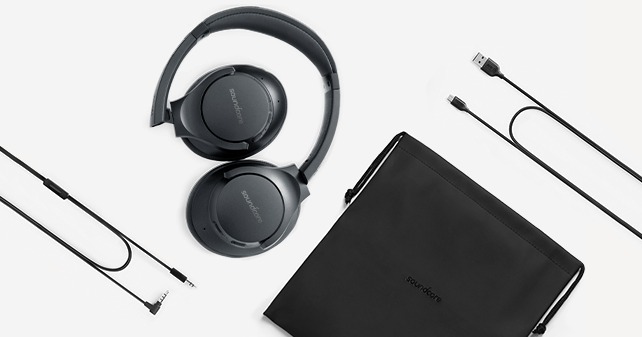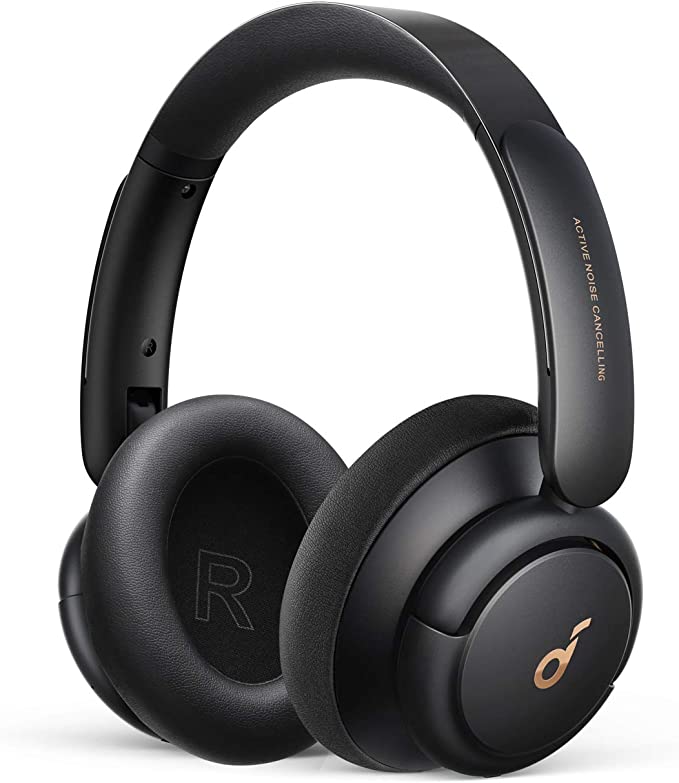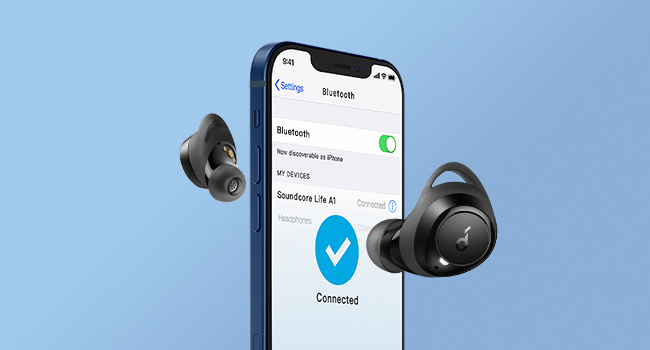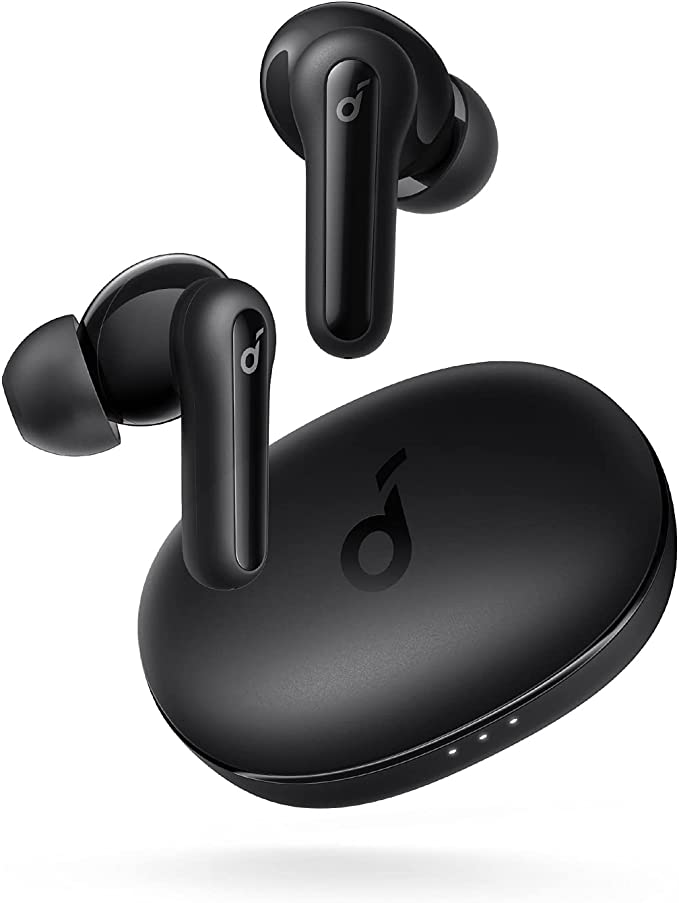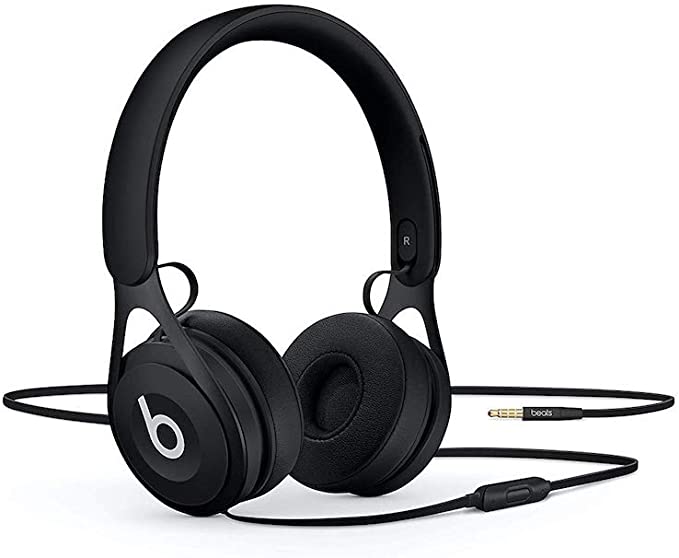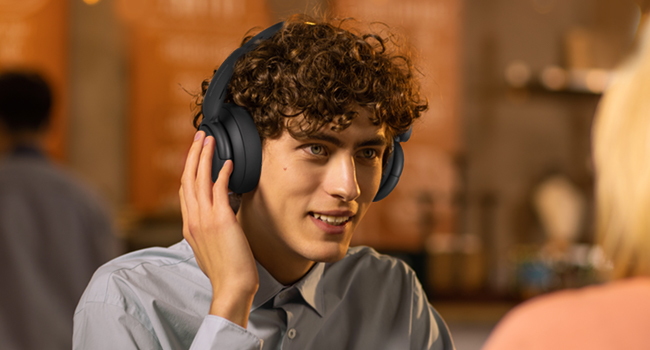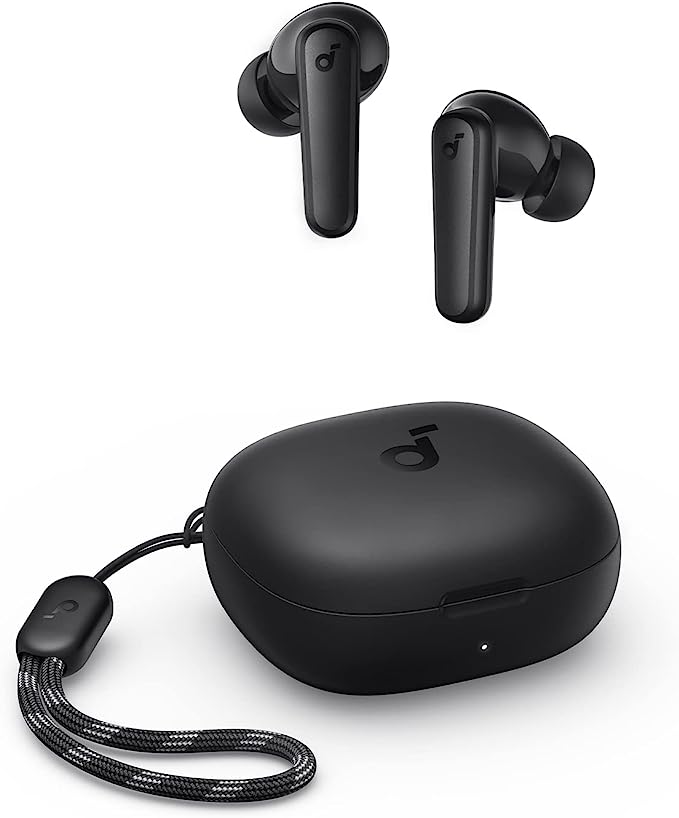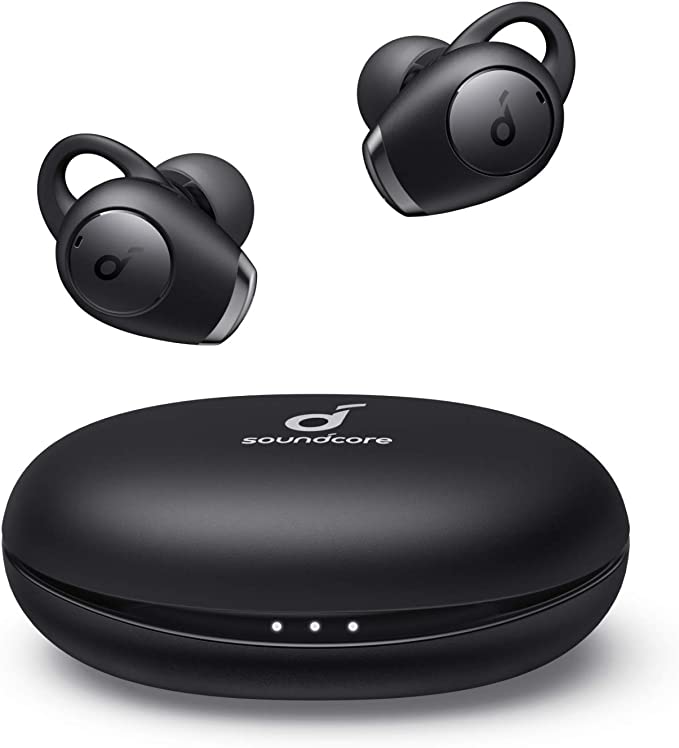JBL Partybox 310: Unleash Powerful Sound for Your Next Party
Update on March 21, 2025, 2:54 p.m.
Humans are social creatures. We gather, we celebrate, we connect. And often, at the heart of these gatherings is music – the universal language that fuels the energy of a party, the backdrop to a relaxing evening, the soundtrack to life’s memorable moments. But taking that sound experience beyond the confines of our homes, to the beach, the park, or even just the backyard, has presented a challenge. Traditional sound systems are bulky, require power outlets, and are generally not designed for the rigors of the outdoors.

Beyond Boomboxes: A New Era of Portable Sound
The quest for portable sound is nothing new. From the transistor radios of the mid-20th century to the iconic boomboxes of the 80s, we’ve always sought ways to take our tunes with us. But these early solutions often sacrificed sound quality for portability. Boomboxes, while revolutionary for their time, were often limited by battery life and the relatively low power output of their amplifiers. The sound, while loud, could often be distorted, especially at higher volumes. The advent of Bluetooth technology revolutionized wireless audio, but early Bluetooth speakers often lacked the power and fidelity needed for a truly immersive listening experience.
Meet the JBL Partybox 310: Your All-in-One Party Machine
Enter the JBL Partybox 310, a portable speaker designed to deliver a powerful, high-fidelity audio experience wherever the party takes you. It’s not just a speaker; it’s a complete sound system, packed with features that cater to a wide range of needs, from casual get-togethers to full-blown outdoor celebrations. With its impressive 240 watts of power, long-lasting battery, dazzling light show, and rugged, splashproof design, the Partybox 310 is built to impress.

JBL Pro Sound: More Than Just a Label
The term “JBL Pro Sound” isn’t just marketing jargon; it represents a commitment to audio excellence, drawing upon decades of experience in professional audio engineering. It’s a combination of carefully selected components, advanced acoustic design, and powerful digital signal processing (DSP). Let’s break down the key elements:
The Drivers: The Heart of the Sound
The Partybox 310, like all speakers, relies on drivers to convert electrical signals into sound waves. These drivers are essentially specialized loudspeakers, each designed to reproduce a specific range of frequencies. The 310 features two 6.5-inch woofers for the low-end (bass) frequencies and two 2.5-inch tweeters for the high-end (treble) frequencies. This 2-way design.
Woofers are larger because they need to move more air to create the longer wavelengths of bass frequencies. Think of the difference between a large drum and a small cymbal – the larger the surface area, the lower the frequency it can produce. Tweeters, on the other hand, are smaller and more nimble, allowing them to vibrate rapidly and produce the shorter wavelengths of higher frequencies. While the provided information only gives us the upper frequency response limit (20 kHz), JBL’s full specification for the Partybox 310 is actually 45 Hz - 20 kHz (+/- 3dB). This wider specification means is truly “full range”
Amplification: Powering the Party
The drivers need power to move, and that’s where the amplifier comes in. The Partybox 310 uses a Class D amplifier, known for its high efficiency. Class D amplifiers work by rapidly switching the power supply on and off, creating a pulse wave that is then filtered to produce the audio signal. This switching action is much more efficient than the traditional Class AB amplifiers found in many older audio systems, which constantly draw power and generate more heat. This efficiency translates to longer battery life and less wasted energy, crucial for a portable speaker. The 240-watt output of the amplifier ensures that the Partybox 310 can deliver significant sound pressure levels (SPL) – in other words, it can get loud.
DSP: The Brains of the Operation
Digital Signal Processing (DSP) is the unsung hero of modern audio. A DSP chip is essentially a tiny computer that manipulates the audio signal in real-time. In the Partybox 310, the DSP performs several crucial functions:
- Equalization (EQ): The DSP allows for shaping the frequency response of the speaker, boosting or cutting certain frequencies to optimize the sound for different genres of music or listening environments. The JBL PartyBox app provides even finer control over the EQ.
- Crossover: The DSP acts as a “traffic cop,” directing the appropriate frequencies to the correct drivers (low frequencies to the woofers, high frequencies to the tweeters). This ensures that each driver is operating within its optimal range, reducing distortion and improving clarity.
- Limiting: The DSP protects the speakers from damage by preventing the audio signal from exceeding certain levels. This helps to avoid clipping, a form of distortion that occurs when the amplifier is pushed beyond its limits.
- Dynamic Range Control: The DSP can compress the dynamic range of the audio signal, making quieter parts louder and louder parts quieter. This can be useful in noisy environments, where it can help to make the music more audible.

Power to the People: 18 Hours of Uninterrupted Music
One of the most impressive features of the Partybox 310 is its battery life. JBL claims up to 18 hours of playtime on a single charge. This is achieved through a combination of a high-capacity lithium-ion battery and the aforementioned efficient Class D amplifier. The battery management system (BMS) plays a critical role here, ensuring that the battery is charged and discharged safely and efficiently. The BMS monitors the voltage, current, and temperature of the battery cells, preventing overcharging, over-discharging, and overheating, all of which can damage the battery and shorten its lifespan. While 18 hours is the maximum playtime, real-world battery life will vary depending on the volume level, the type of music being played (bass-heavy music consumes more power), and whether the light show is being used. However, even at higher volumes and with the lights on, users can reasonably expect several hours of uninterrupted playback.
Built to Brave the Elements: IPX4 Splashproof Design
Outdoor parties come with inherent risks – spilled drinks, unexpected rain showers. The Partybox 310 is designed to withstand these minor mishaps thanks to its IPX4 splashproof rating. The “IP” stands for “Ingress Protection,” and the “X4” indicates the level of protection against water. An IPX4 rating means that the speaker is protected against splashing water from any direction. It’s not fully waterproof, meaning you can’t submerge it in water, but it can handle light rain, splashes from a pool, or spilled drinks without issue. This protection is achieved through careful design of the enclosure and the use of seals and gaskets to prevent water from entering the speaker’s internal components.
Light Up the Night: Dynamic Light Show
The Partybox 310 isn’t just about sound; it’s also about creating a visual experience. The built-in dynamic light show features a variety of colorful patterns and effects that can be customized to match the mood of the party. The lights can pulse and strobe to the beat of the music, creating a vibrant and energetic atmosphere. Several preset light modes are available, and users can further customize the colors and patterns using the JBL PartyBox app. The lights are integrated into the front panel of the speaker, surrounding the woofers and tweeters, creating a visually appealing effect.
Connectivity: Your Music, Your Way
The Partybox 310 offers a variety of connectivity options, ensuring that you can play music from virtually any source.
- Bluetooth: The primary connection method is Bluetooth, allowing you to wirelessly stream music from your smartphone, tablet, or computer. The Partybox 310 uses Bluetooth 5.1, providing a stable and reliable connection with a good range (up to approximately 30-50 yards, as reported by users, though this can vary depending on obstructions). While the provided text doesn’t specify the supported Bluetooth codecs, it’s highly likely that it supports at least SBC (Subband Coding), the standard Bluetooth audio codec. It may also support AAC (Advanced Audio Coding), which offers better sound quality than SBC, especially on Apple devices.
- USB: The USB port allows you to play music directly from a USB flash drive. The Partybox 310 can typically play common audio formats like MP3, WMA, and WAV from a USB drive. The USB port can also be used to charge other devices, like your phone, acting as a power bank.
- Aux Input: A 3.5mm auxiliary input allows you to connect devices that don’t have Bluetooth, such as older MP3 players or CD players.
- JBL PartyBox App: The free JBL PartyBox App significantly enhances the user experience. It offers functionalities beyond what the built-in controls, such as, controlling the light show’s colours and patterns, the ability to customize EQ to your preferences, ability to link two PartyBox 310 units together wirelessly in True Wireless Stereo (TWS) mode.
Karaoke and Guitar Input: Unleash Your Inner Star
Beyond simply playing music, the Partybox 310 offers features that encourage active participation. The speaker includes two 1/4-inch inputs, one for a microphone and one for a guitar (or a second microphone). This opens up possibilities for karaoke, live music performances, or even public speaking. Basic volume controls for the microphone and guitar inputs are located on the speaker’s top panel. The karaoke mode, accessible via the app, adds effects such as echo and vocal tuning to enhance the singing experience.
Mobility Matters: Smooth-Glide Wheels and Telescoping Handle
Despite its powerful sound, the Partybox 310 is designed to be portable. It features a built-in telescoping handle and smooth-glide wheels, allowing you to easily move it from one location to another. The handle retracts into the speaker’s enclosure when not in use, maintaining a sleek profile. While the wheels are generally effective, some users have noted that they are relatively small and can be prone to tipping over on uneven surfaces. This is a valid point to consider, especially if you plan to frequently move the speaker across rough terrain. The substantial weight of the speaker (43.6 pounds) also contributes to the need for careful handling.
Partybox 310 vs. Partybox 110: Choosing the Right Sound for You
The JBL Partybox lineup includes several models, and it’s worth comparing the 310 to its smaller sibling, the Partybox 110. The 110 is a more compact and less powerful speaker, with an output of 160 watts compared to the 310’s 240 watts. The 110 also has a shorter battery life (rated at up to 12 hours). The 310 offers a more robust sound, with deeper bass and higher overall volume, making it better suited for larger gatherings and outdoor use. The 110, on the other hand, is more portable and more affordable, making it a good option for smaller parties and indoor use. The choice between the two ultimately depends on your specific needs and budget.
Sound Check: Real-World Performance
User reviews of the Partybox 310 are overwhelmingly positive, with many praising its powerful sound, deep bass, and long battery life. The sound quality is consistently described as “amazing” and “clear,” even at high volumes. The Bluetooth connectivity is generally reliable, with users reporting a good range. The light show is also a popular feature, adding to the party atmosphere. However, as mentioned earlier, some users have noted the speaker’s weight and the relatively small wheels as potential drawbacks. Some also found little discernible difference in max volume between the 310, and the 110.

The Science of Sound: A Deeper Dive (Optional)
For those interested in delving deeper into the science of sound, here are a few additional concepts:
- Psychoacoustics: This field of study explores how humans perceive sound. It considers factors such as how our ears and brains process different frequencies and how we localize sounds in space. Speaker designers use principles of psychoacoustics to optimize the sound quality of their products.
- Room Acoustics: The shape and size of a room, as well as the materials it contains, can significantly affect how sound waves travel and how we perceive them. This is why a speaker that sounds great in one room might sound different in another. The Partybox 310’s DSP helps to mitigate some of the negative effects of room acoustics, but it can’t completely eliminate them.
- Loudness and Decibels Loudness is measured in decibels. The decibel scale is logarithmic.
Conclusion: The Party Starts Here
The JBL Partybox 310 is more than just a portable speaker; it’s a complete entertainment system designed to bring the party to life. With its powerful JBL Pro Sound, long-lasting battery, dazzling light show, and rugged design, it’s a versatile and capable device that can handle a wide range of situations. While it’s not the lightest or smallest speaker on the market, its portability features, combined with its impressive audio performance, make it a compelling option for anyone who wants to take their music on the go and share it with the world. The combination of thoughtful engineering, robust features, and user-friendly design makes the Partybox 310 a standout choice in the crowded portable speaker market.
